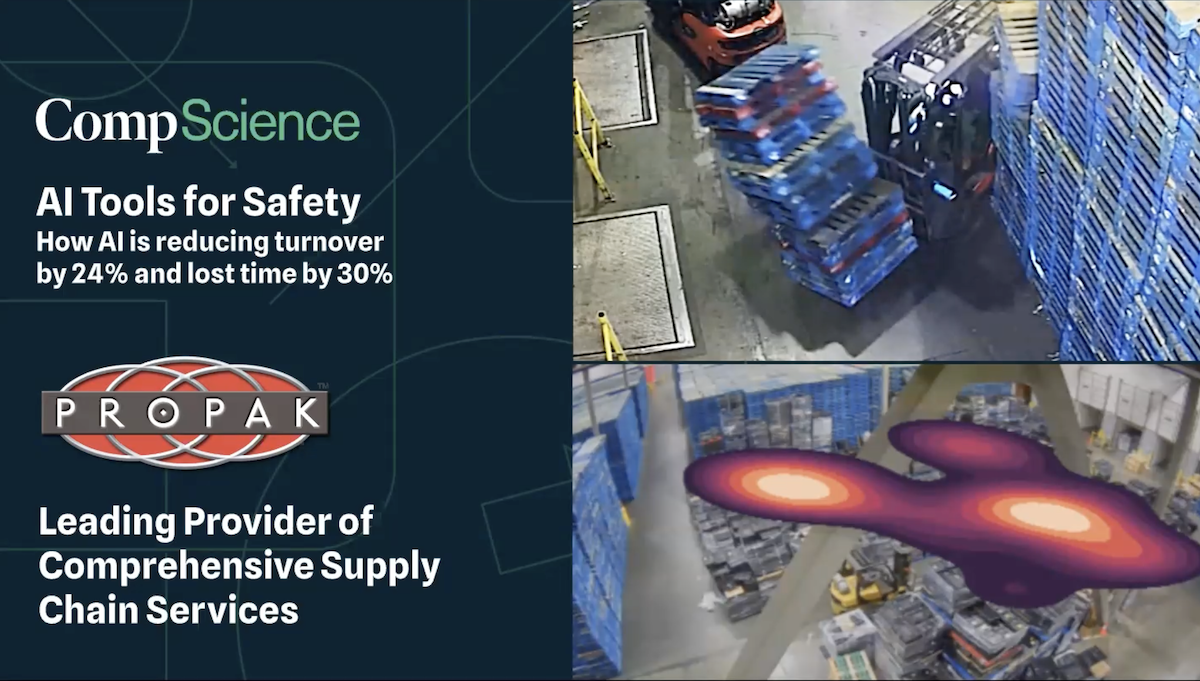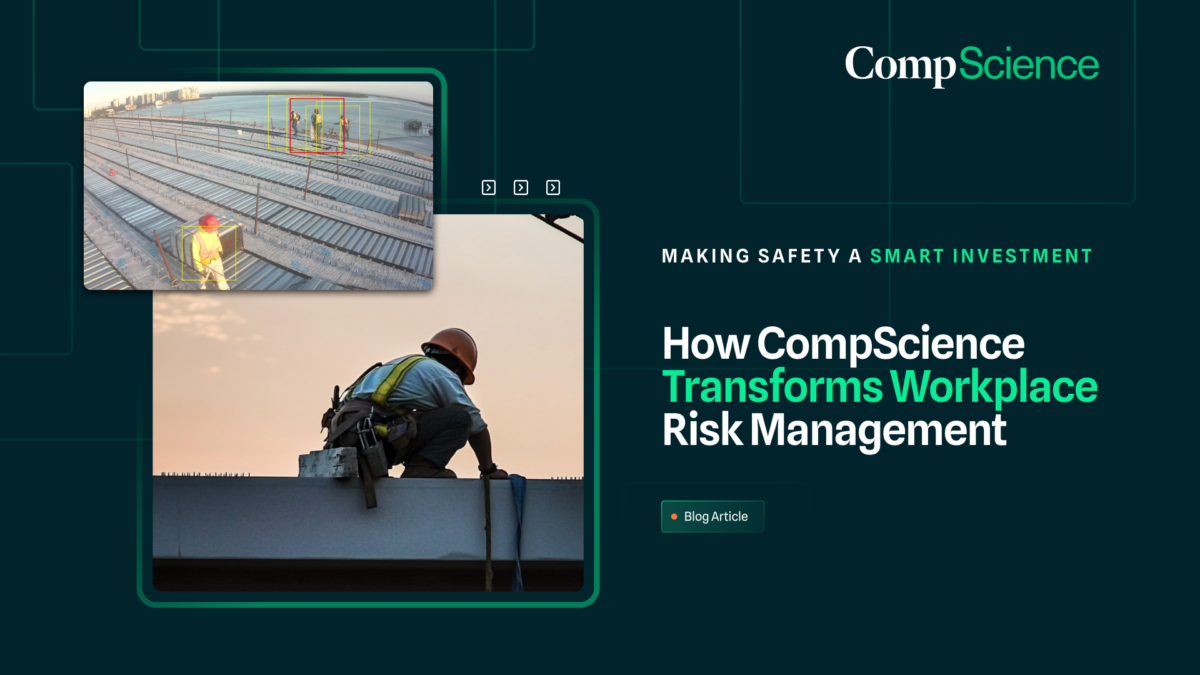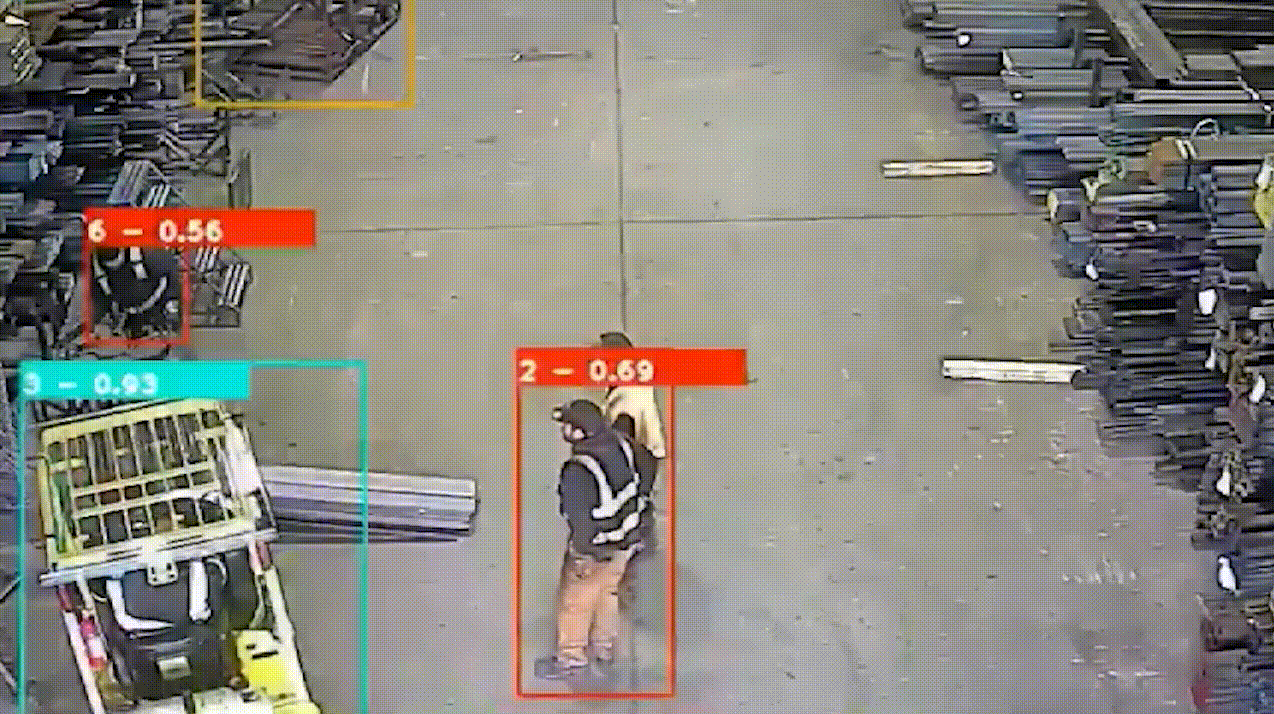What’s the Indirect Cost of Risk?
The indirect cost of risk is the portion of the total cost of risk (TCOR) that is not directly related to the cost of managing risks. It includes the cost of lost productivity, damage to reputation, and other indirect costs resulting from risks.
The indirect cost of risk is often more difficult to quantify than the direct cost of risk, as it can be more intangible and harder to measure. However, it can be just as significant, if not more so, in terms of the overall impact on an organization.
Some examples of indirect costs of risk include:
- Lost productivity: Accidents or injuries can result in lost time and productivity, which can have a negative impact on an organization’s bottom line.
- Damage to reputation: A company’s reputation can be damaged by negative events, such as accidents or injuries, which can lead to a loss of customers and business.
- Decreased employee morale: Poor workplace safety can lead to decreased employee morale, which can result in lower productivity and potentially lead to high turnover rates.
- Legal liabilities: Companies can face legal liabilities if they are found to be responsible for workplace injuries or fatalities, which can result in significant costs.
Overall, the indirect cost of risk can have significant consequences for organizations and should be taken into consideration when managing risks.









